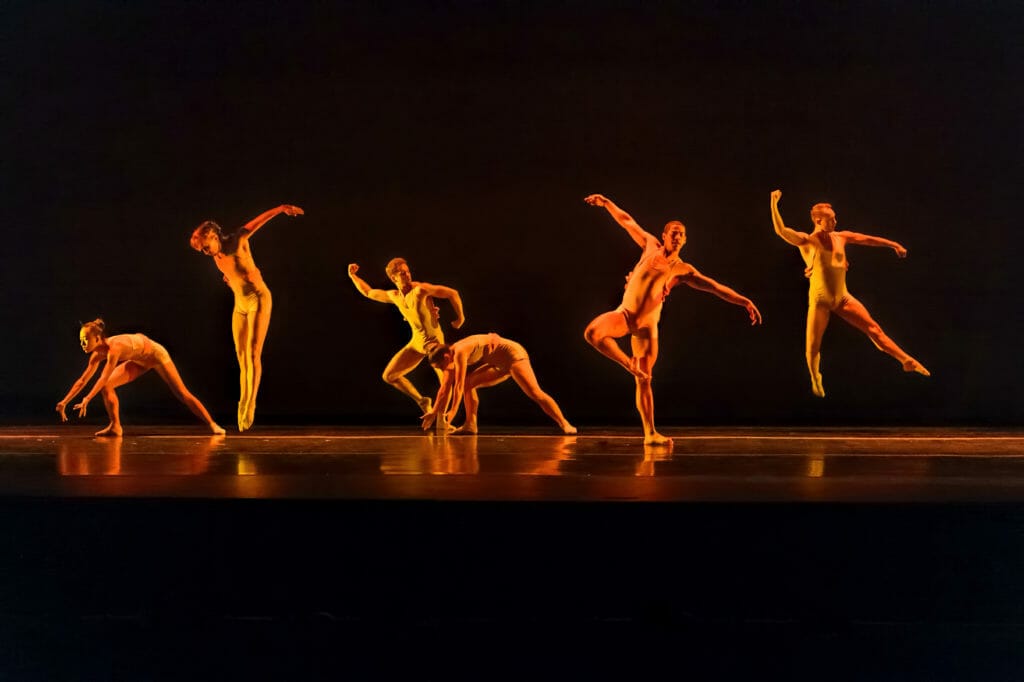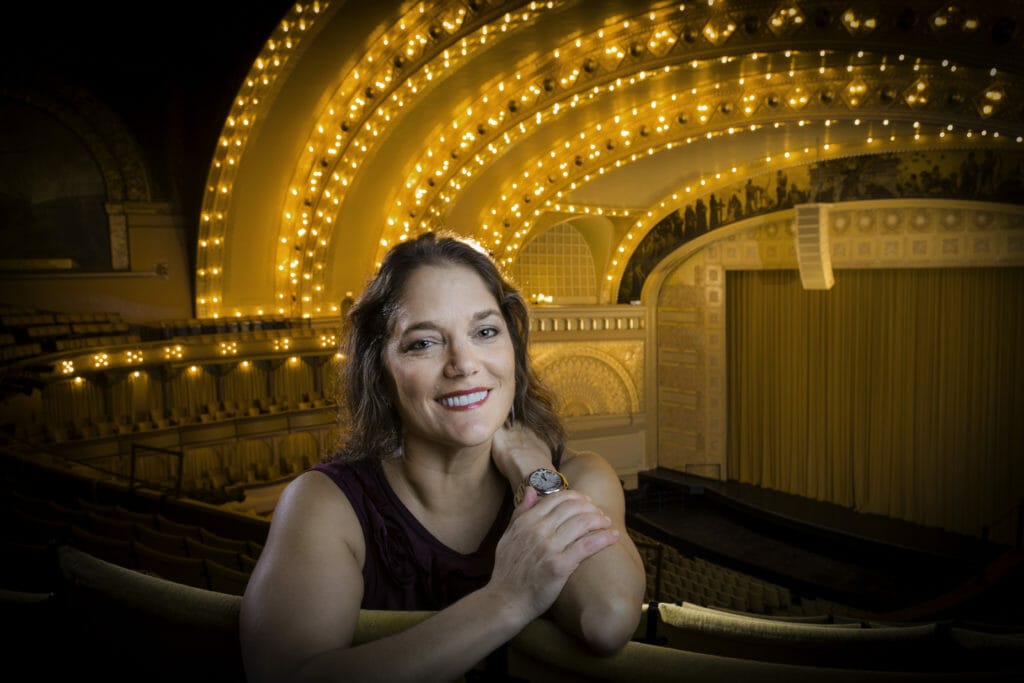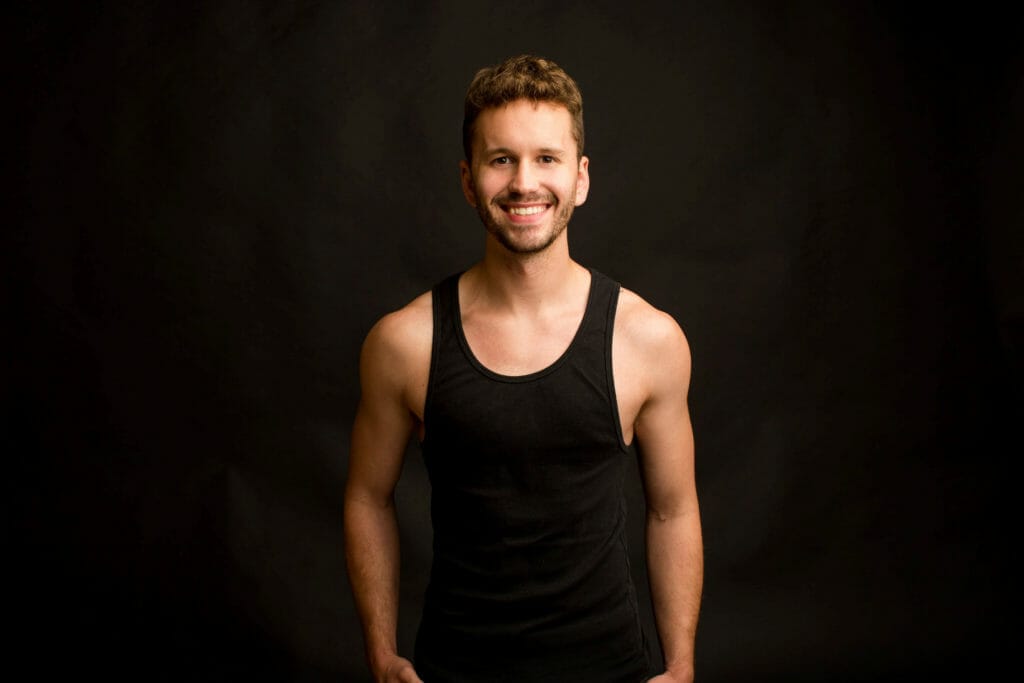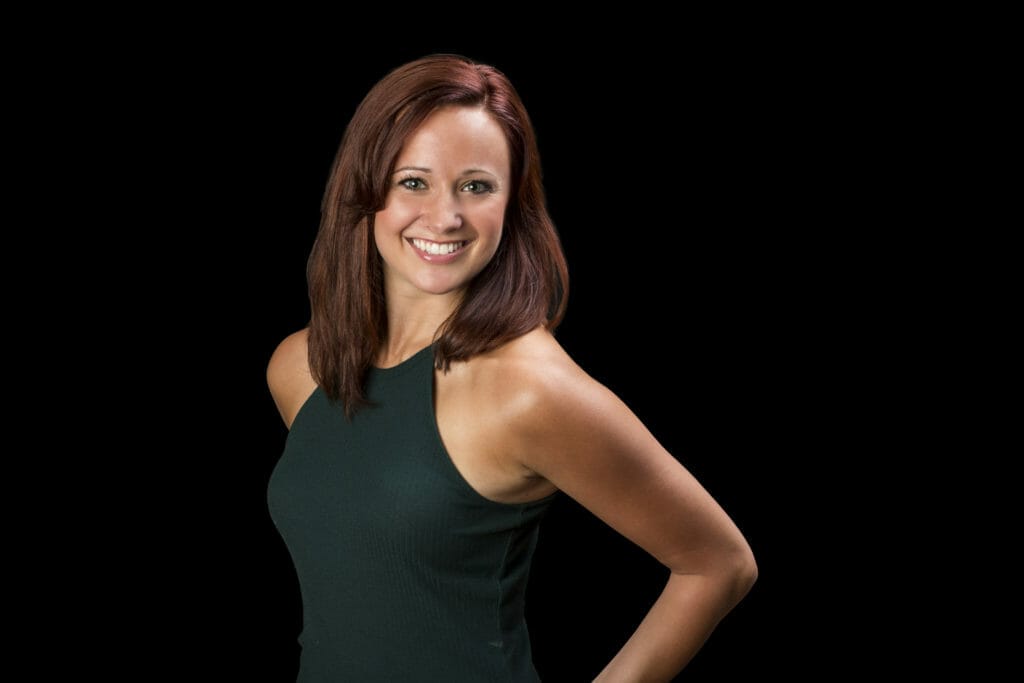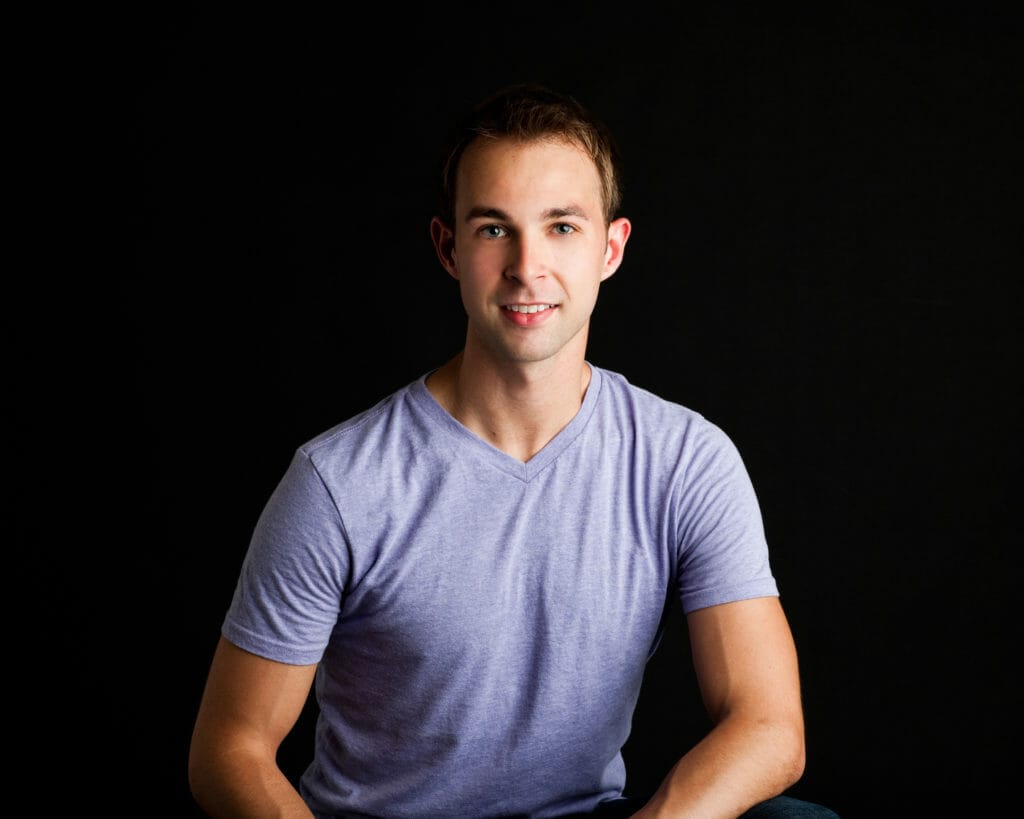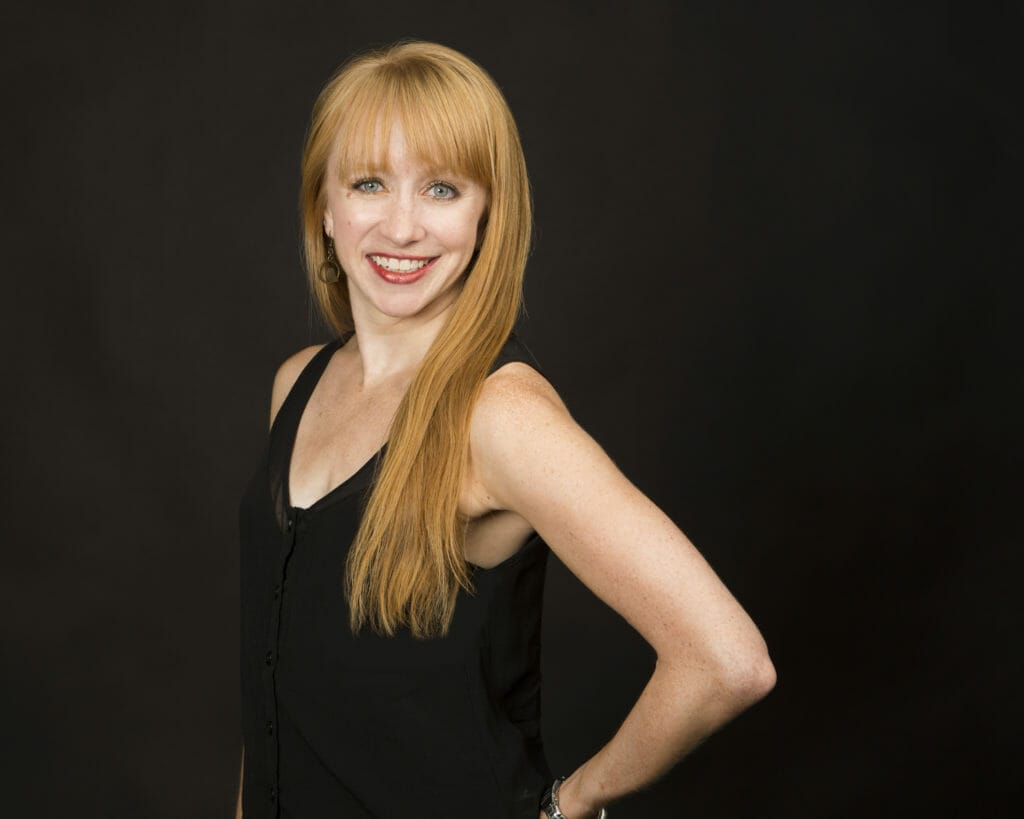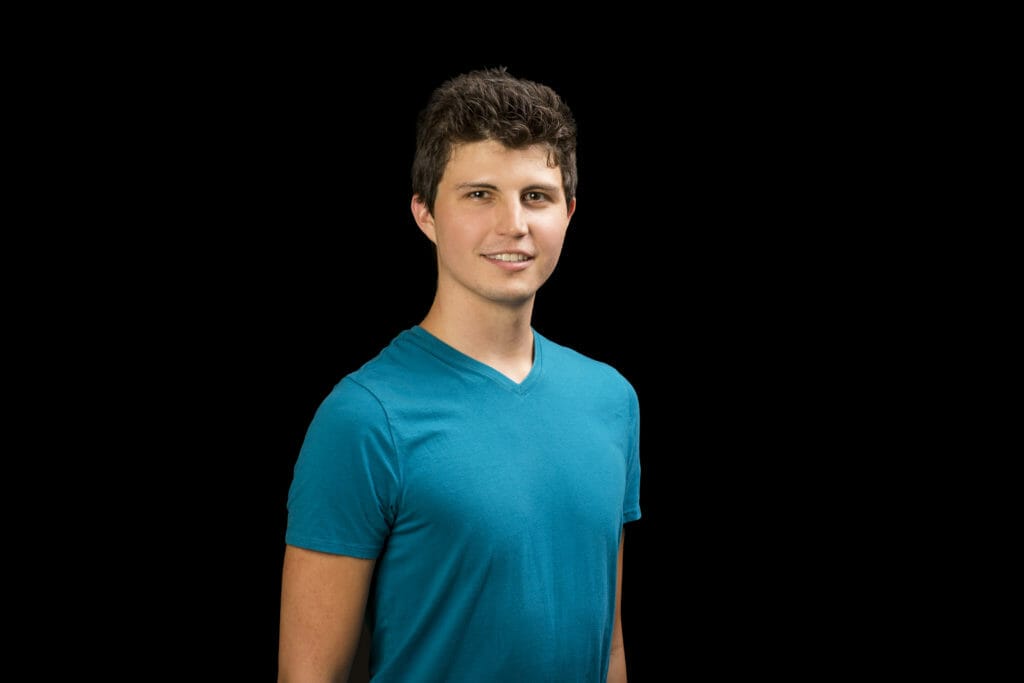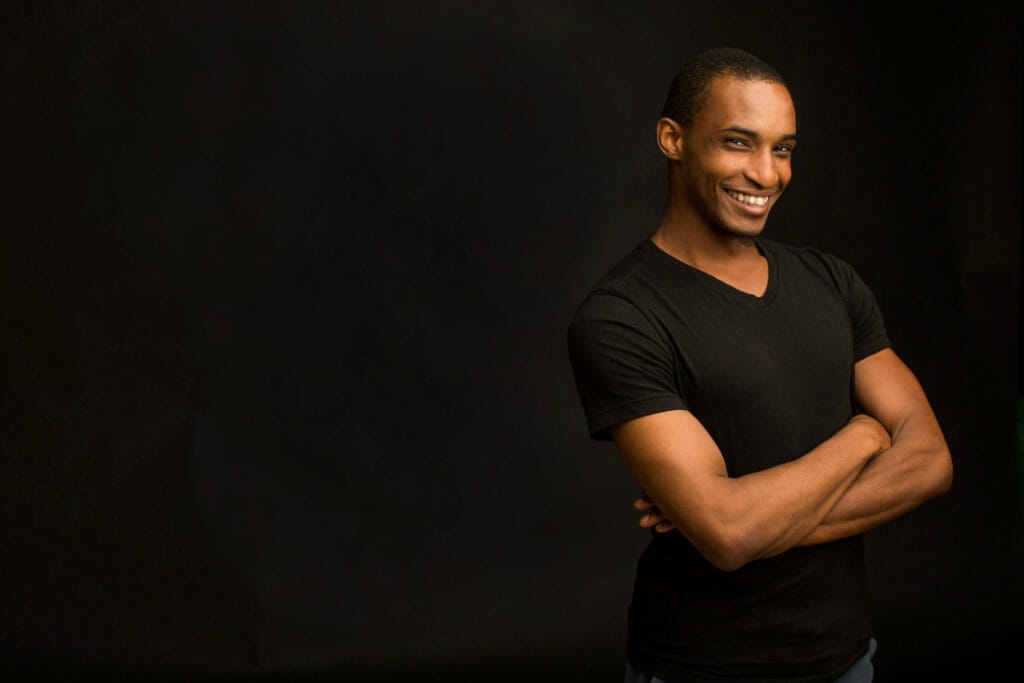Today, many dance companies rooted in performing repertoire — shorter works by multiple choreographers — allow members of their ensembles to occupy the director’s chair from time to time. These opportunities, typically called “choreography workshops” or “dance labs,” help to correct a longstanding imbalance in the field: that despite being highly skilled and often creatively inclined, professional dancers aren’t always provided with much agency within the works they perform, or asked by choreographers to contribute ideas. As the participating artists tend to be self-selected, among the additional benefits of these initiatives is the fact that they bring more women and racially diverse artists into the field of contemporary choreography.
This welcome rectification remains in its early stages; one of the longest-running such programs at a local dance company, Thodos Dance Chicago’s “New Dances,” is less than two decades old. Hubbard Street Dance Chicago’s first “Inside/Out Choreographic Workshop” followed in 2001.
The roots of “New Dances” do extend back a bit further, to when Chicago Repertory Dance Ensemble launched its precursor in 1983, explains founder and artistic director Melissa Thodos. After that company folded, “I asked for and received permission to maintain the title of the project,” says Thodos, “and carry it forward with my company.” The program grew under the Thodos umbrella, with its choreographers now drawing talent from a temporarily augmented ensemble including Chicago’s community of freelance performers; a three-month production calendar and 30 hours of rehearsal time; and access to professional composers and costume, lighting, and sound designers.
“New Dances” returns Saturday, July 15 and Sunday, July 16 at the Athenaeum Theatre, located at 2936 North Southport Avenue in Chicago, with nine world premieres. Eight are by Thodos ensemble members and one, as a kind of farewell gesture, is by Thodos herself. “New Dances” will be phased out of Thodos Dance Chicago’s slate of offerings, as part of a comprehensive restructuring of the organization, announced earlier this year.
An important component of “New Dances” continues through its swan song, however. As in previous iterations of the program at Thodos, the participating choreographers benefit from feedback on their new works in-progress, from a panel of local dance professionals who visit twice during the creation period, and submit final comments following the performances. Here, two panelists report out some impressions of, observations about, and common threads to what they are seeing.
“New Dances” panelist and former dancer Zachary Whittenburg, Communications and Engagement Director at Arts Alliance Illinois, contributor to Dance Magazine, and board member for the Chicago Dance History Project:
With one exception — a duet by repeat “New Dances” participant Abby Ellison — the choreographers this year are working with fairly large groups. There are two works for 10 dancers (by Brennen Renteria and Luis Vazquez), two works for an ensemble of nine (by Hattie Haggard and Jessica Miller Tomlinson), a work for eight (by Thomas Jacobson), a work for seven (by Alex Gordon), and two quintets (by John Cartwright and Melissa Thodos).
It’s not a bad idea for these choreographers to take advantage of the opportunity while they still can; dancers should be paid for their time in rehearsal, and studio space rents by the hour. The pre-production costs for a world premiere add up quickly, but “New Dances” lets them focus on the creative work. With support from Thodos Dance Chicago, the artists don’t have to handle every last bit of those logistics but, on the flip side, the more dancers you’re choreographing for, the more decisions you have to make. Assembling a large cast can get unwieldy for an early-career dancemaker, although Jacobson and Vazquez are both first-time “New Dances” choreographers and, so far, they seem to be in control of what they’re doing and haven’t bit off more than they can chew.
“New Dances” panelist Margi Cole, founder of The Dance COLEctive, faculty at Columbia College Chicago, and Series Program Manager for The Dance Center’s performance series:
Participating as a panelist for the “New Dances” project and giving feedback allows me to analyze and reflect on my own creative process. Each of the choreographers have come forward confidently in their creative process with music in place to support their work.
I know in my own process that I tend to come to the music later in my process, and these choreographers are confidently moving forward with what I would consider big pieces of music. “Big” in the sense that they are large and orchestral, rhythmically dynamic, with vocals or the implication of nostalgia. For the most part, this music implies a narrative that they can either work with or against; I am looking forward to seeing how they all bravely navigate this choreographic element.
The Back of the Body, or Full Frontal
ZW: Something else we all noticed was how multiple choreographers have set scenes facing the dancers upstage, with their backs to the audience. Margi, I liked what you mentioned to the group about the power in that, and how you encouraged them to not surrender that power too easily. Conversely, we also mentioned to a couple of the choreographers how we noticed their dance material defaulting to a strongly frontal orientation. Part of that tendency comes from dancers always facing the mirror, I think, but I’m curious to see during the second showing if some of that “direct address” softens into material that’s more multi-directional and spatial. The danger which I tried — perhaps unsuccessfully — to convey at the first showing, is that directing dancers to send their focus outward, off the stage and into the house, can have the effect of “flattening” the work and creating pictures that seem like silhouettes. The more the dancers onstage are addressing and responding to one another, across and within the space, the more complex and multi-dimensionally textured the work becomes, which can really gather the focus of the audience. The tendency, I think, is to want to “give the dance to the audience,” outwardly, when in fact the better way to do that is to seduce the audience’s attention and to bring them “out of their seats,” and into what’s happening on the stage.
Shoes Off, Socks On
MC: I am decidedly classic on my point of view regarding socks and modern dance. Dancing barefoot is, for me, tied to the reasons why modern dance started, and the ways in which it is different from other dance forms. Bare feet are close to the earth, elevate our physicality, and build callouses — history — in our bodies. Socks sometimes create a precarious “ice rink” on the floor such that, while you might be able to amply turn and slide across the floor in them, it also becomes more possible to land on your face. My preference is to dance barefoot like the ladies of the modern dance did more than a century ago. All that said, these dancers seem to hold their own in socks on the dance floor, articulately executing the steps required of the work they are doing — a mystery and a wonder, all at the same time.
Step by Step
MC: One of the real challenges of making a dance is really being clear about the beginning, middle, and end. Added to that is what I call “finding the arc of the work.” That in itself can be a “Where’s Waldo?” in a sea of dance movements, floating on top of a heavily narrative musical score. Sometimes this does not align exactly with the clear idea of knowing where the beginning, middle, and end of the work are, and where the arc lands in that sequence. Sometimes it defies logic. For me, finding the arc lies within the work itself. I often rely on the work and feedback from the dancers to help me navigate the pathways of craft and energy. At this year’s first “New Dances” showing, we talked a bit about finding the arc, and not letting the music always be that driver, not that using the music is wrong, but perhaps the collision of the music along with the dance itself is a place to find the arc. It is a bit like getting lost on a journey and trusting your instincts to turn the right direction, which is both exciting and scary.
Less Is More
ZW: One thing I think all of us on the panel mentioned at some point was how necessary it is to include stillness and retain negative space. I certainly can say from my own first experiences choreographing how easy it is to pack too many movement ideas into a short piece, and not provide the viewer — or the dancers — with enough places to breathe and reflect. Choreography is actually a wonderful medium through which to explore the concept of negative space. So much of what a successful dance does happens in the spaces between its performers, between its steps. One of the hardest things, I think, for a young choreographer is to build the confidence to really linger on an image or an action, and let it fully resonate before moving on.
MC: My friend Dardi calls stillness a “visual silence,” but it was Melissa who mentioned this at our first showing, and I agree wholeheartedly. There is nothing more powerful than a well-placed, visual silence. As choreographers, we can get so wrapped up in filling our dances with movement that we create what are run-on sentences, essentially. Stillness gives the viewer an opportunity to take a breather visually, the dancer an opportunity to outright breathe, and the choreographer a chance to amplify a moment for the viewer to hold onto, as they travel through the dance. It is indeed a choreographic choice that, while it may not seem like it, most definitely is choreography.
What’s Old Is New Again
ZW: By the time we got to Brennen Renteria’s piece, set to that Stan Kenton Orchestra music, and Thomas Jacobson’s piece with the FM radio static, I just had to point out how interesting it was that these choreographers in their twenties were responding to music which, in some cases, was made many decades before they were born. Jessica Miller Tomlinson and Hattie Haggard are two choreographers who also often choose scores rooted in bygone eras; Melissa Thodos’ piece as we saw it opened on these Victorian-era vignettes. So it’s not unprecedented but, still, that surprised me, how little contemporary music we heard, based on what I was expecting. I think I also said out loud how I wondered whether the historical references were in part due to Thodos Dance Chicago being a company which, in recent seasons, has invested a lot of time and energy into mining history for its work. I’m thinking specifically of Sono’s Journey, about the dance artist Sono Osato; The White City: Chicago’s Columbian Exposition of 1893; and A Light in the Dark: The Story of Helen Keller and Anne Sullivan. As a person who’s working currently on the Chicago Dance History Project, I love to see that curiosity emerging in the next generation of choreographers. I do wonder, though, how much they are exploring historical choreography itself. I feel every year during the “New Dances” process like half of my feedback is “homework” for the participants on historical pieces or long-gone choreographers whose work they should research. To some degree, each artist needs to rediscover the fundamentals of the form for herself or himself, but that’s not to say that they shouldn’t be aware of what has come before, and what it can teach them.
Photos courtesy of Thodos Dance Chicago unless otherwise indicated.

